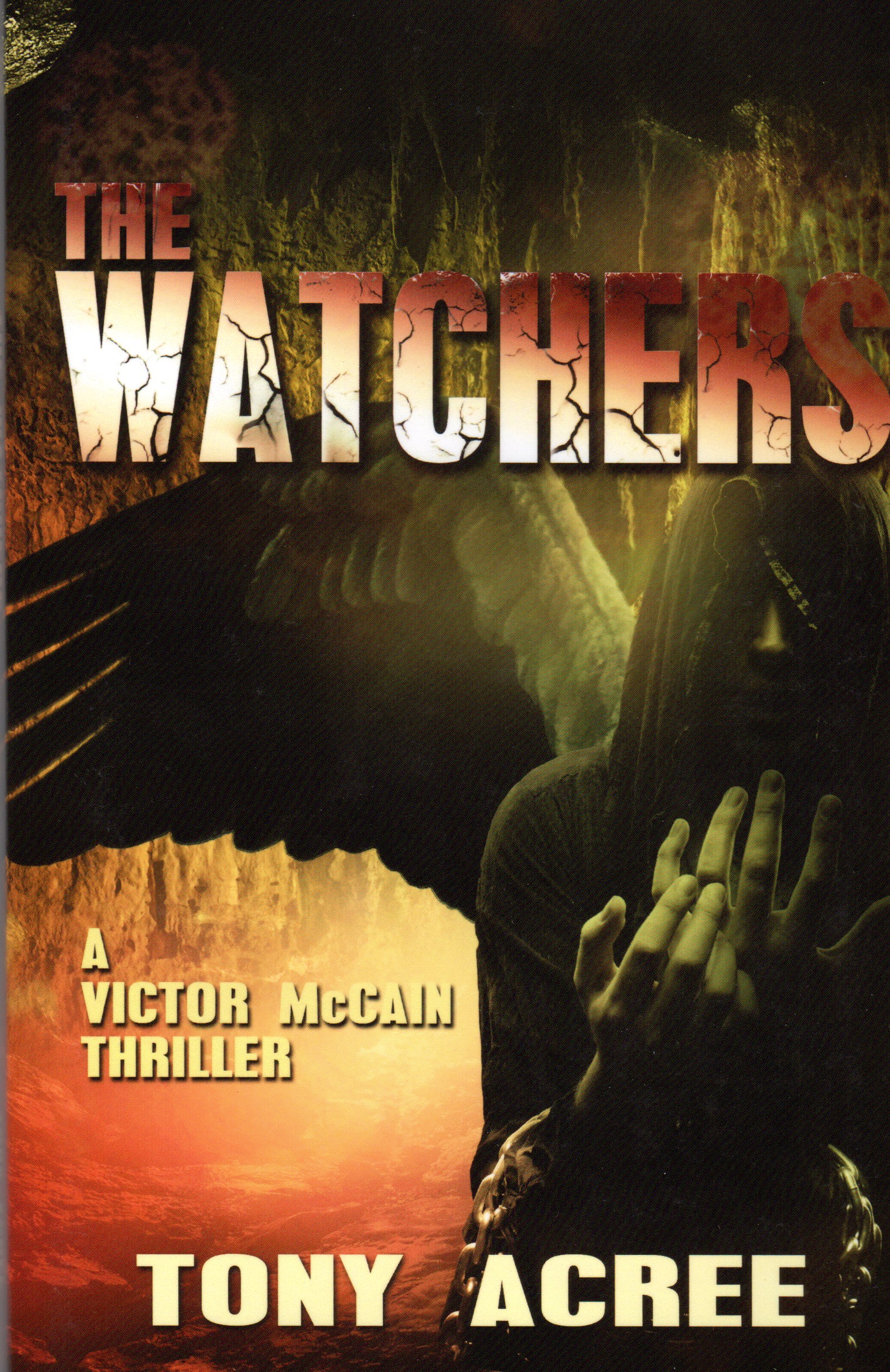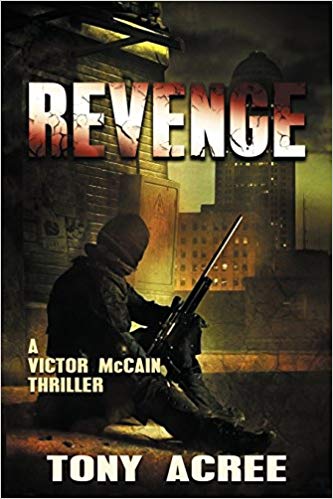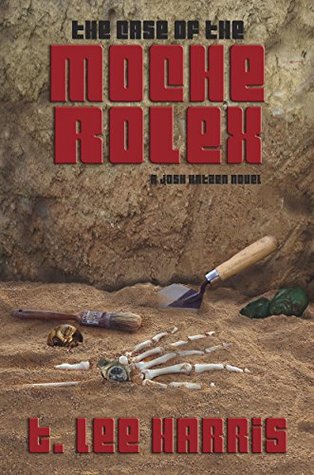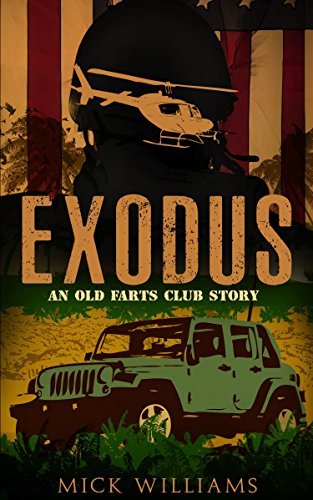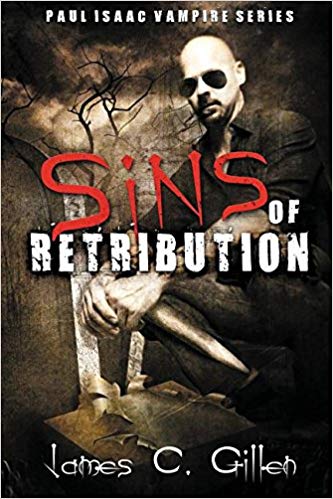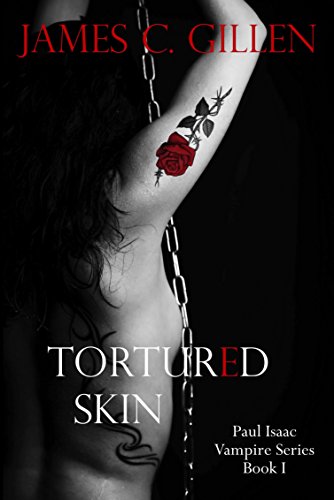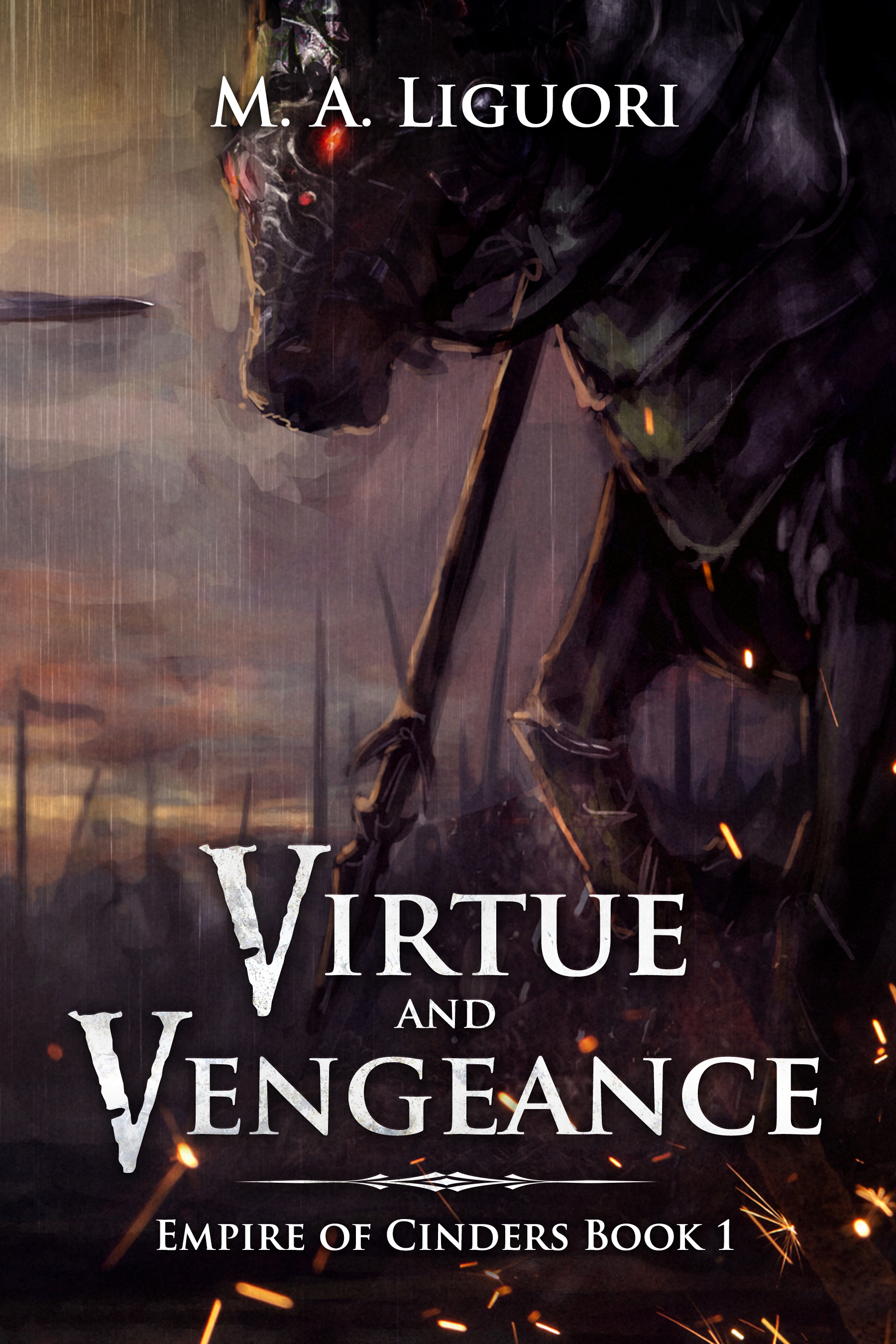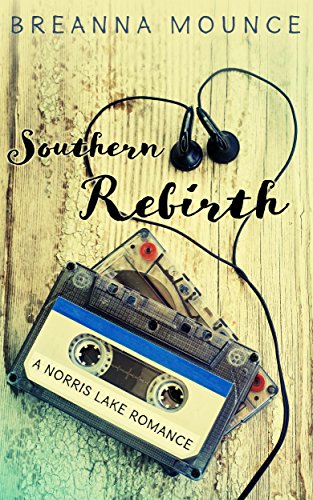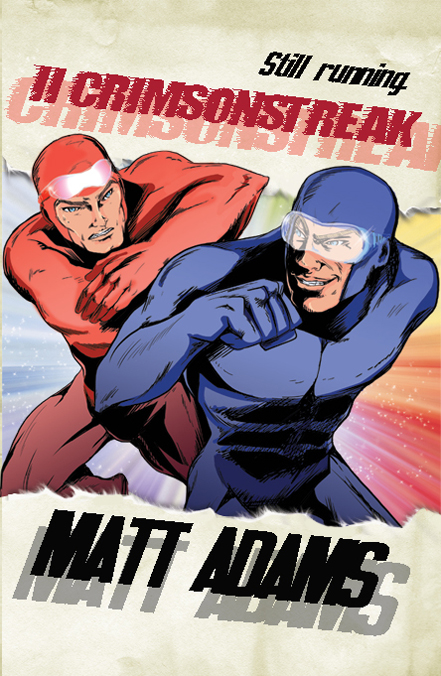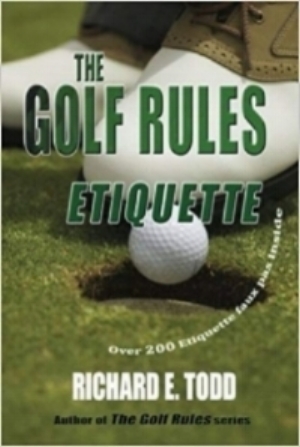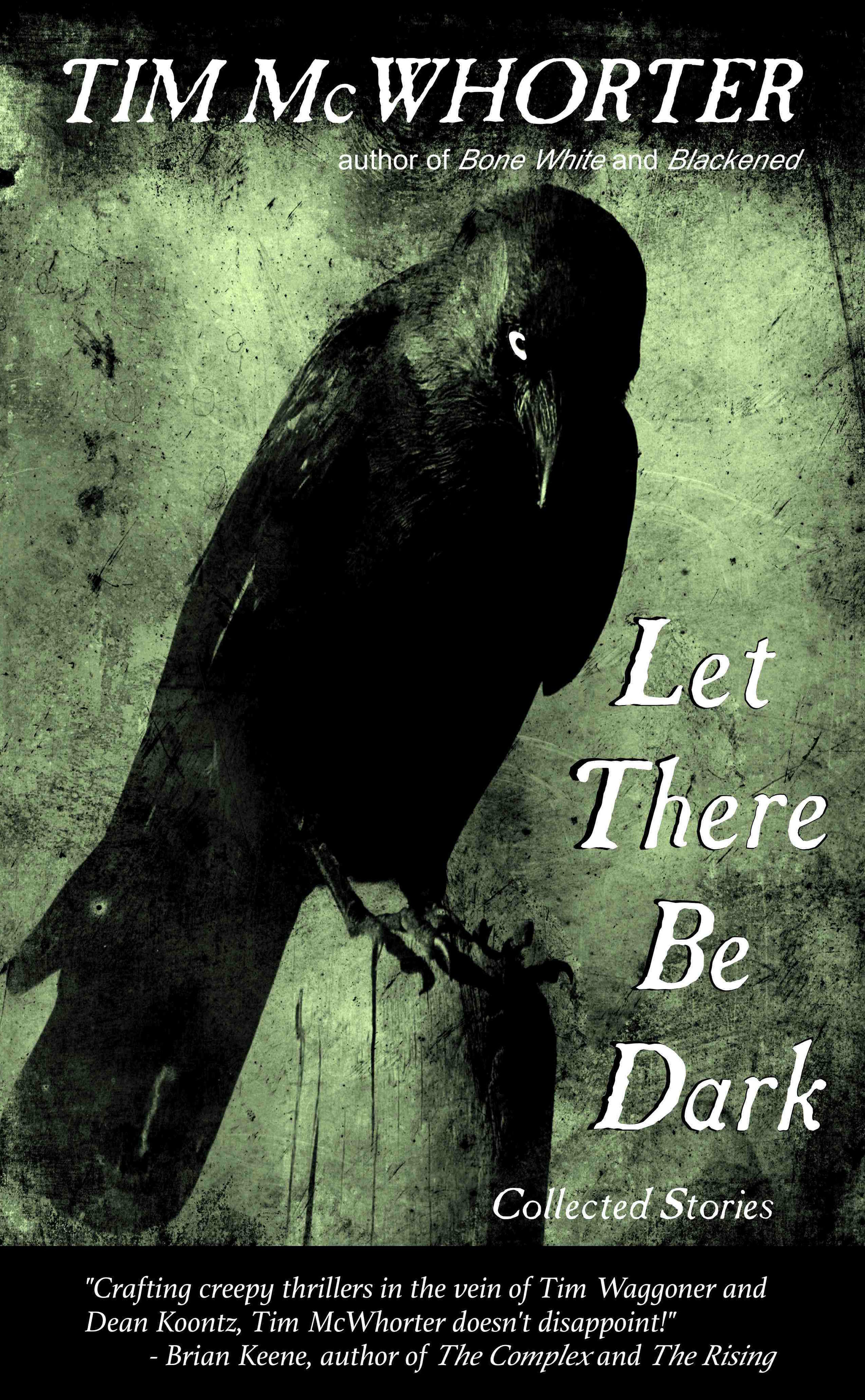Cyber Monday Sale!
Hydra Halloween Horror Sale!
August Book Sale! All books priced less than a dollar!
An author's guide to firearms, bullets, and body armor.
So you write about guns, do you?
Here's a breakdown of the very basics so you don't need to spend a few hours and a hundred bucks at the local range test firing a myriad of weapons to get the bad guy just right.
Terms
Semi-automatic: pull the trigger and it shoots. Pull it again and it shoots again. No need to do anything between trigger pulls. Most modern handguns are semi-automatic, and almost all non-hunting rifles made after 1940 are semi-automatic.
Automatic: hold the trigger down and it fires until empty. Military weapons are typically automatic. It is illegal (well, sort of) for civilians to own automatics, plus they are incredibly expensive.
Single Action: typically refers to revolvers. This means you need to manually reset the hammer between each shot.
Double Action: typically refers to revolvers. This means each trigger pull (after the first) will reset the hammer for you.
Clip: a device used (frequently in antiques) to quickly load rounds into a magazine. The clip is then often removed from the weapon. Also, clips must be prepared ahead of time.
These are clips for rifles.
Magazine: think of how most action movies portray reloading a handgun. That's usually a magazine. A magazine holds all the rounds and delivers them to the firearm without any other equipment. They differ from clips because they are placed into the firearm and kept there during shooting, not removed. Most modern (non-revolvers) firearms use magazines.
Bullet: this technically only refers to the shooty bit at the end of a round or cartridge. In the above picture of a clip, the bullets are the copper bits at the top of each round. They’re often far smaller than most non-shooters expect them to be.
Round: the entire projectile and case make up the round. The round has a brass (or steel, especially in older ammo or Eastern European ammo) case, a primer, gunpowder, and a bullet.
Primer: this is the bit that makes the explosion which sends the bullet down the barrel. They are usually not waterproof. They sit in the "primer pocket" and are struck by the firing pin when the trigger is pulled.
Gunpowder: not much to say other than it smells a bit like sulfur when fired. Before fired, powder smells very sweet, almost like sugar, but with a specific hint of some indescribable "gun" scent. Gunpowder is also very easily acquired at most gun stores and just about all nature / camping style places. It is cheap, and it comes in a wide variety of styles designed for various purposes and rounds.
Which guns you want for which scenes:
Hunting: depends on the target. For turkey, you usually use a small shotgun. A .410 works well for birds of most sizes. For larger game, you want a larger round. Things which shoot 7.62x39 (AK47, SKS, specifically chambered ARs, many others) are good for deer and things that size. Simply look up guns marketed to the kind of hunter you’re writing and use that.
Hunting exotic game: You probably want something big. A 375 H&H is a pretty damn enormous gun which can take down just about every animal on the planet. The recoil is a monster, and the noise is absolutely deafening. Even with ear protection and a trained shooter, you'll feel it in your ears and shoulder after 2 or 3 shots. Also, keep in mind that many exotic game hunters keep large revolvers with them as well. Wild boar (and other animals) are very dangerous.
Killing humans: Almost anything will do the trick if the bullet hits something important. Remember: the brain itself is not an instant "kill shot" as the movies portray. The neck and lower brain contain the parts necessary for survival. Just look up Phineas Gage if you want to see how useless the upper parts of the brain sometimes are. We'll work our way from smallest to largest on how various common guns hitting flesh might deal their damage.
.22 rifle or handgun: think about a pellet gun, just a little stronger. This is the kind of gun old-timey dads gave to their children to hunt tin cans on the roof. At a distance of more than 50 feet, accuracy becomes a huge issue, and heavy clothing can even stop the rounds. Not much penetration against skin and fat tissue, and you'd have to be either very close or very lucky to get a kill. Recoil is non-existent. Sound is minimal.
9mm handgun or carbine: accuracy is the biggest issue. From more than 50 feet (or 20 if untrained), getting a hit with the average 9mm handgun becomes at least a little tricky. One good hit center of mass should at least stop most humans, though would probably be non-fatal. Recoil is minimal. Not terribly loud to shoot without ear protection, though it wouldn't feel good.
.45ACP handgun (or rarely rifle) is a common choice for law enforcement and government work. The round is large with decent stopping power, very similar to the .38spl below. Recoil is pretty noticeable. Noise is certainly an issue.
.38spl handgun (or rarely rifle): this is starting to get to a bigger round. Handgun accuracy is still a pretty big issue, especially for the untrained. Against a person, expect a .38 round to be pretty devastating. Any center of mass shot should have stopping power, and lethality is certainly possible on a single hit. Recoil, especially on a small revolver (which is a common choice), is extreme. Snub nose revolvers chambered in .38spl are a common choice for personal defense, and they also shoot a good amount of flame out the barrel. Don’t think about it for a stealth mission as the noise will be high.
.357 Magnum: this is the big boy of handgun rounds. At 50 feet or closer, you're going to blow a good hole in someone's chest. The recoil, depending on the size and weight of the gun, is very high, making rapid shots with any accuracy very difficult. For an untrained shooter, a .357 Magnum is simply too much gun to handle well. The sound without hearing protection is deafening.
.223 Remington / 5.56x45: this is the standard AR15 round. The bullet is small, but it has lots of powder and shoots very quickly. Rifles shooting .223 Remington are typically very accurate (depending on skill, of course) even for untrained shooters. The recoil isn't even noticeable, and the noise is very minimal too. Kids can shoot ARs without much issue. Hitting humans can be lethal at certain ranges. One issue is that a close range shot will often produce a through and through wound, creating a small hole in the target which actually carries very little stopping power.
7.62x39: this is the standard round for the AK47 and SKS, as well as many other rifles common to the Middle East, Europe, and South America. AR15s can also be chambered in 7.62x39 (by replacing the "upper" which is the bolt carrier group and barrel. The gun will then need to be zeroed again for accuracy. It takes no tools to change an upper. Just push out 2 pins, swap the upper, then push the pins back in with your hand.) which makes them better for military applications than their standard .223 chambering. The 7.62 packs a lot more stopping power, and with that comes noise and recoil, though both are not terrible to the untrained shooter.
.308: the standard of medium - large game hunting, this will pack a big punch in a human. Most .308 rounds will go through barriers like car doors and basic walls without much trouble. Many sniper rifles use .308, and even an untrained shooter should be accurate with such a rifle out to a good distance, perhaps 100 feet or more. The recoil on rifles shooting .308 is noticeable, but not bad by any means. The noise level is pretty rough without hearing protection.
7.62x54mmR: this is the big brother round to the 7.62x39. The classic rifle chambered in 7.62x54 is the Mosin Nagant, an antique battle rifle developed in the late 1800s and used widely for 50+ years. These guns are still easily available in the United States, and they're common to gun collectors because they are cheap to buy and fun to shoot. The rounds will penetrate most barriers and most low to mid tier armor as well. Many modern hunting rifles are also chambered in 7.62x54, and the stopping power against a human would be more than enough. A person hit by a Mosin Nagant would be seriously injured, assuming they live at all. The recoil is extreme to an untrained shooter, and the noise is deafening to pretty much everyone. Holding it kind of feels like a pirate cannon, and firing it certainly feels like a blunderbuss.
.30-06: The largest round easily purchased at gun stores. These are typically reserved for large game hunting, and they pack a serious punch. You'll kill almost anything you hit with it, and firing a .30-06 (pronounced: thirty aught six) without hearing protection is a horrible idea. Buckle up for a rather extreme shooting experience if you’re new to the world of guns.
.50BMG: the BMG stands for Browning Machine Gun as this is the round fired from fox holes and concrete bunkers to turn humans to dust and vehicles to rubble. It should be noted that these rounds are expensive and hard to come by as most stores don't carry them since the demand is very low. There is also a variant of the .50BMG called .50 Beowulf which can be fired from a specifically chambered AR15. Uppers designed for .50 Beowulf are very expensive and rare. Needless to say, an untrained shooter should probably stay away, and firing it without hearing protection is wretched.
Some common mistakes
Whether in books or movies, guns are rarely done correctly. Here are some frequent mistakes you should avoid.
Reloading: look up how many rounds fit inside the gun you're writing. For starters, a Glock 19 (common choice handgun) holds a total of 15 rounds of 9mm. An AR15 holds 30 rounds of .223 Remington, and most .308 rifles hold either 1 at a time or a maximum of 5.
Noise when wielding: Lifting / aiming a gun makes no noise. Movies just butcher it. Whenever a bad guy levels a gun at a cop, it always makes a ton of noise. In reality, there aren't any moving parts, so it should be silent.
Weight: guns are heavier than most non-shooters expect. A trained shooter can usually tell when a gun is loaded or not depending on the weight.
Accuracy: Untrained shooters are garbage with handguns. Untrained shooters are decent with rifles. No one can shoot a snub-nose revolver too well after 30 feet, and no one can shoot a musket at more than 10 feet with any accuracy.
Reloading / manufacturing ammunition: these are 2 different processes. Someone who reloads spent brass (common) is doing something far easier than someone manufacturing ammunition (very uncommon).
Reloading ammunition: this involves many stages. Here's the process: clean the fired brass. Use a small rod in the reloading press to punch out the spent primer. Reshape the brass using a dye. Insert a new primer into the brass using a handheld tool. Measure the correct powder charge and get it into the brass using a funnel. Use a different dye on the reloading press to seat the bullet into the brass. If you’re going to write a scene with reloading, watch some YouTube tutorials first to get it right.
Manufacturing ammunition: don't believe The Walking Dead. Making rounds from scratch is nearly impossible. The hard parts will be crafting the primer and the gunpowder. Crafting the bullet is easier with a crucible and random metals with a hot enough flame. A fair amount of reloaders also forge their own bullets, but I’ve yet to meet a single person actually manufacturing ammunition.
Shooting guns indoors: firing any weapon indoors creates a noise issue. Especially for rifles and shotguns, shooting indoors without hearing protection will be painful.
Hitting a moving target: even for trained shooters (cops and soldiers, not special forces) it can be very difficult, especially with a handgun. Look up some of the records for shooting out there. The highest trained snipers in the world still have trouble with moving targets at long enough ranges.
Precision: average rifles with store-bought ammunition are not the most precise guns. They're accurate, but you won't put 2 shots through the same hole on the target without some luck. If your character needs precision, have him load his own brass with specialty gunpowder and specialty bullets, using detailed instruments and measures. You can find all sorts of videos out there detailing rounds and reloading recipes specific to accuracy.
Optics: most scopes don't magnify that much like they do in movies. Also, whenever a scope is attached or unattached, the gun needs to be "zeroed" to ensure accuracy. If your character keeps a disassembled rifle in a briefcase in their trunk, the gun will be somewhat accurate, but not perfect until they take it to a range and spend some time dialing it in on a paper target.
Body Armor
There are different levels of body armor, and the diagram above explains what they're designed to stop. Remember: kevlar body armor doesn't make bullets bounce off of you like nothing happened. Kevlar turns what would normally be a lethal or crippling shot into what you can survive with minimal injury. The shot will still hurt (depending on the round), and it will probably knock you to the ground.
Check out this article for a detailed look at the types, styles, applications, and prices of various body armor.
For the basics: a cop will probably have Level II or Level IIIA armor. That should protect against most handguns (especially at range) and the smallest of rifle rounds. To protect against a rifle round, you need a plate carrier which would be Level III and above. Soldiers deployed to active combat zones are given plate carriers. They are totally legal for civilians to own, relatively easy to buy (though expensive), and heavy to wear.











